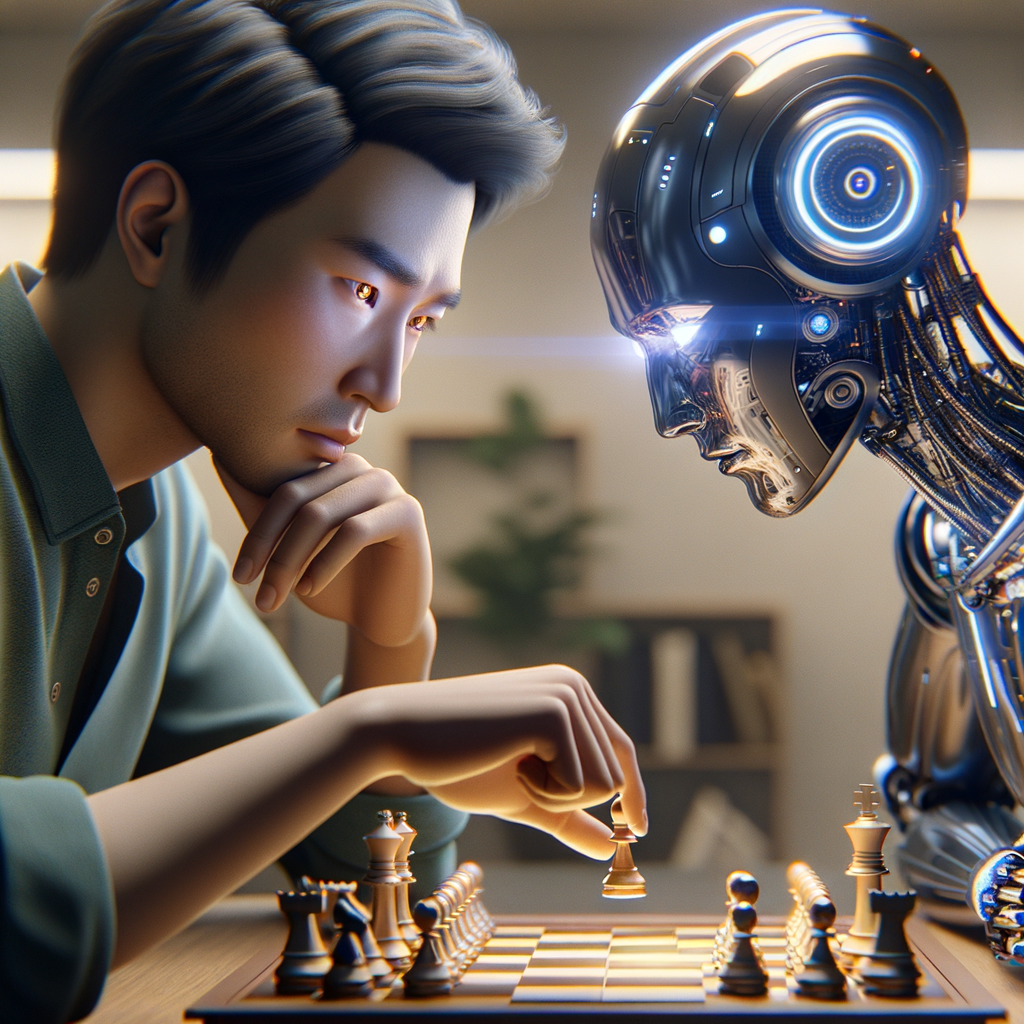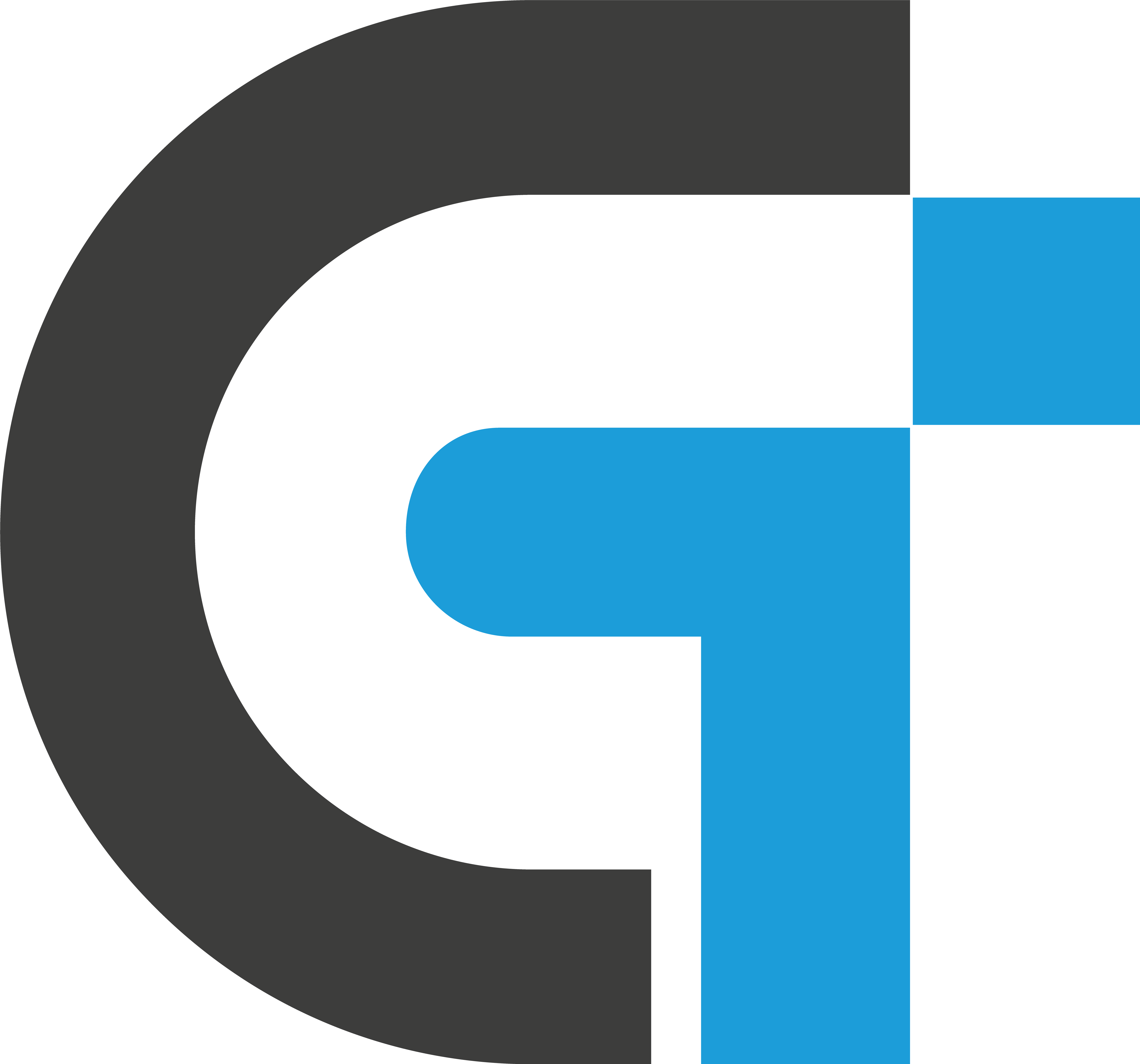Unveiling the Layers of AI and Human Intelligence
AI, the intellectual offspring of human ingenuity, has evolved from abstract theories to becoming a pervasive influence across multiple sectors. It’s essential to distinguish between narrow AI, tailored for specific tasks, and the aspirational general AI, which aims to replicate the broad cognitive abilities of humans.
In contrast, human intelligence is not confined to computational capabilities but is enriched by emotional depth, social understanding, and creativity. Humans possess the unique ability to navigate through uncertainties instinctively and adapt to new challenges fluidly.
Human-like AI and Its Achievements
One of the most noteworthy accomplishments in AI’s journey is its success in games like Go, where it has demonstrated superior pattern recognition and strategic planning abilities. The victory of AlphaGo, a program developed to play the board game Go, over a world champion player is a testament to the advancements in narrow AI. However, these systems, despite their impressive abilities, are limited by the parameters set by their creators and do not yet approach the myriad intelligences humans hold, as suggested by Howard Gardner’s theory of multiple intelligences.
AI and the Workforce: A Transformative Partnership
In the workplace, AI has revolutionized how tasks are approached, automating routine and predictable tasks to alleviate human workers from the tedium of repetitive work. This shift is not only boosting efficiency but is also prompting a rethinking of roles, emphasizing uniquely human skills like emotional intelligence, critical strategizing, and creativity.
Analyzing the impact on various industries reveals that while manufacturing has benefited from robotic precision and consistency, fields like financial services have leveraged AI for deep data analysis, enhancing decision-making and customer interactions.
Ethical Considerations in AI Implementation
The integration of AI into society’s fabric comes with ethical responsibilities. The challenge lies in aligning emotionless algorithms with ethical standards to prevent biases and protect privacy. A thorough ethical discussion should encompass transparency, accountability, and inclusivity, laying the groundwork for responsible AI use.
Envisioning a Synergistic Future
Looking ahead, the fusion of AI and human intelligence suggests a promising partnership that maximizes the strengths of both. In sectors such as healthcare, education, and environmental protection, AI can be a powerful tool that amplifies human innovation, compassion, and creativity.
Clarifying the Complex Relationship Through Visual Aids
Infographics offer a compelling way to illustrate the dynamic relationship between AI and human intelligence, helping to visualize how they can coexist and enrich each other, and fostering a deeper understanding of their combined potential.
Further exploration into AI’s possibilities and ethical challenges can be augmented by delving into research and authoritative texts, expanding the horizons of knowledge and understanding.
Embracing the Dawn of a New Era
The journey towards a future where AI and human intelligence merge is a call to introspection. It invites individuals to consider their role in shaping or being shaped by this evolving landscape. This journey is not about competing for supremacy but about cultivating a cooperative environment where technology enhances human capacities.
Embracing this intertwined future prepares us for an enriched human experience, spotlighting AI not as a contender but as a complement to the human spirit, heralding a new epoch of innovation.




Leave a Reply